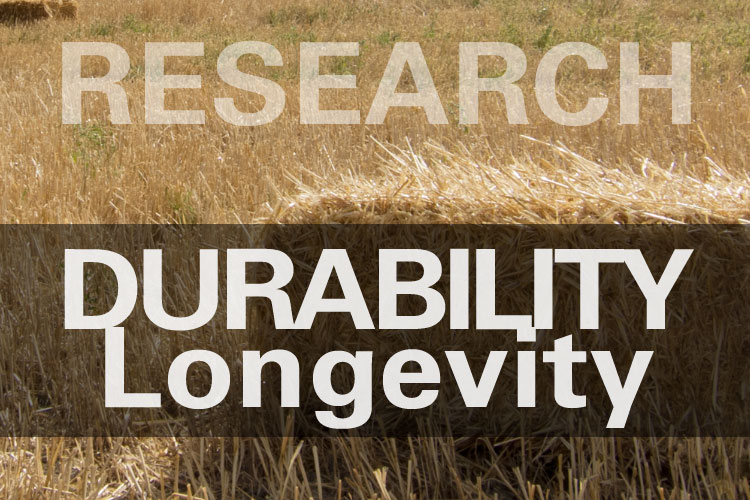With the growing interest in sustainable building materials that are able to provide reductions in energy consumption, the viability of straw bale construction has recently been investigated, in particular, its resistance to moisture. The level of moisture that construction is exposed to may have an adverse effect on its durability. Concerns are raised about the susceptibility of straw to decay when used as a walling system. It is an organic material, therefore is at risk of biodegradation under certain conditions. The research uses a range of measurement techniques to assess the effects of atmospheric conditions and wet render application on straw bale’s moisture content, and it requires an understanding of the complexities of the transition of water vapor through the material and the interaction of moisture with the bale. Deviations in the moisture content within the straw bale caused by the second application of wet render were shown to be insignificant. Straw bale can withstand 25% moisture content for prolonged periods of time without degradation at temperatures not exceeding 10°C.
Authors:
- Robinson, Julian
- Aoun, Hynda Klalib
- Davison, Mark
Link: http://www.sciencedirect.com/science/article/pii/S1877705817304009


